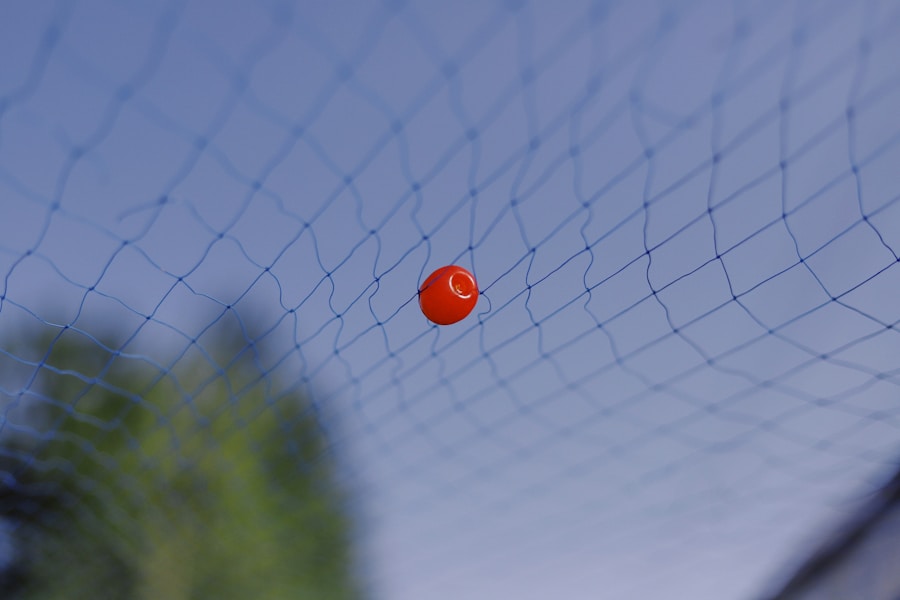Download links
How to install The Science of Bouncing Balls APK?
1. Tap the downloaded The Science of Bouncing Balls APK file.
2. Touch install.
3. Follow the steps on the screen.
Description
Bouncing is a fascinating phenomenon that can be understood through the lens of physics, particularly mechanics. When an object, such as a ball, is dropped from a height, it accelerates towards the ground due to the force of gravity. Upon impact with a surface, the ball deforms slightly, storing some of the kinetic energy it had while falling.
This deformation is temporary; as the ball regains its shape, it converts the stored energy back into kinetic energy, propelling it upward. This process is governed by Newton’s laws of motion, particularly the second law, which states that the force acting on an object is equal to its mass times its acceleration. The interaction between the ball and the surface it strikes is crucial in determining how high it will bounce.
The energy transfer during the impact is not perfectly efficient; some energy is lost to sound, heat, and internal friction within the ball and the surface. The height to which the ball rebounds is a direct result of this energy transfer. If we consider a perfectly elastic collision—an idealized scenario where no energy is lost—the ball would bounce back to its original height.
However, real-world conditions introduce complexities that affect this ideal behavior, making the study of bouncing a rich area for exploration in both theoretical and applied physics.
Key Takeaways
- When a ball bounces, it converts its potential energy into kinetic energy and back again, following the laws of physics.
- Elasticity plays a crucial role in determining how high a ball will bounce, as it affects how much energy is stored and released during the bounce.
- Factors such as air pressure, temperature, and surface material can all affect the height of a bounce.
- Bounce efficiency is determined by how much energy is lost as heat or sound during the bounce, and can be influenced by factors such as the material and construction of the ball.
- The surface on which a ball bounces can greatly impact its bounce height, with harder surfaces typically resulting in higher bounces.
The Role of Elasticity in Bouncing
Classification of Materials
Materials can be classified based on their elastic properties: elastic materials return to their original shape after deformation, while inelastic materials do not. For instance, a rubber ball exhibits high elasticity, allowing it to bounce effectively, while a clay ball, which is more inelastic, will not rebound significantly after hitting the ground.
Practical Applications
In practical terms, when a rubber ball strikes a hard surface, it compresses and then expands back to its original shape rapidly, resulting in a high bounce. Conversely, if we take a basketball and compare it to a tennis ball, we find that while both are designed for bouncing, their materials and construction lead to different elastic properties.
Influence on Bouncing Height
This difference in elasticity directly influences how high each ball can bounce when dropped from the same height.
Factors Affecting Bounce Height

Several factors influence how high a ball will bounce after being dropped. One of the most significant factors is the initial height from which the ball is dropped. The greater the height, the more gravitational potential energy is converted into kinetic energy as the ball falls.
However, this relationship is not linear; as height increases, so does the potential for energy loss during impact due to factors such as air resistance and surface characteristics. Another critical factor is the type of surface on which the ball lands. When a ball strikes a hard surface, it experiences less deformation and thus retains more kinetic energy for rebounding.
Additionally, temperature can also play a role; warmer temperatures can increase the internal pressure of air-filled balls like basketballs or soccer balls, enhancing their elasticity and allowing for higher bounces. Conversely, colder temperatures can reduce elasticity and lead to lower bounce heights. Source: Exploratorium
The Science Behind Bounce Efficiency
| Material | Efficiency (%) |
|---|---|
| Rubber | 70% |
| Polyurethane | 85% |
| Plastic | 60% |
Bounce efficiency refers to how effectively a ball converts its potential energy into kinetic energy during a bounce. This efficiency can be quantified using the coefficient of restitution (COR), which measures the ratio of the velocity after impact to the velocity before impact. A COR value of 1 indicates a perfectly elastic collision where no kinetic energy is lost; values less than 1 indicate some energy loss.
For example, a well-inflated basketball may have a COR around 0.75 to 0.85, meaning it retains 75% to 85% of its energy after bouncing. The design and material composition of balls also significantly affect their bounce efficiency. For instance, professional-grade tennis balls are designed with specific materials and internal pressures that optimize their performance on various surfaces.
The felt covering on tennis balls adds drag when they are in motion but also contributes to their ability to grip surfaces during play, affecting how they bounce off different courts. Similarly, golf balls are engineered with dimples that reduce drag and enhance lift during flight but also influence how they behave upon landing.
The Relationship Between Surface and Bounce
The interaction between a bouncing object and the surface it strikes is complex and multifaceted. Different surfaces exhibit varying degrees of hardness and texture, which can significantly affect bounce behavior. For instance, when a basketball hits a wooden gym floor, it bounces higher than when it strikes a grassy field due to the differences in surface hardness and energy absorption characteristics.
Hard surfaces tend to reflect more energy back into the ball upon impact, resulting in higher bounce heights. Moreover, surface texture plays an essential role in determining how much grip or friction is present during contact with the ball. A rough surface may absorb more energy due to increased friction, leading to lower bounce heights compared to smoother surfaces that allow for more efficient energy transfer.
This relationship is particularly evident in sports; for example, players often choose specific types of shoes based on court surfaces to optimize their performance during play.
Applications of Bouncing Ball Science

Optimizing Performance in Sports Science
In sports science, understanding bounce dynamics helps athletes optimize their performance by improving equipment design and training techniques. For instance, basketball players benefit from knowledge about how different types of balls interact with various court surfaces to enhance their shooting accuracy and rebound strategies.
Innovations in Engineering and Robotics
In engineering, insights from bouncing ball physics inform the design of materials used in sports equipment and safety gear. For example, helmets designed for impact protection utilize principles of elasticity and energy absorption derived from studies on bouncing objects to minimize injury risk during collisions in contact sports. Furthermore, advancements in robotics have led to innovations inspired by bouncing mechanics; robots designed for agility often incorporate bouncing mechanisms that mimic natural movements found in animals or humans.
Interactive Learning in Educational Settings
The study of bouncing also finds relevance in educational settings where physics concepts are taught through hands-on experiments involving balls of different materials and sizes. By observing how various factors affect bounce height and efficiency, students gain practical insights into fundamental principles of physics while engaging in interactive learning experiences that foster curiosity and critical thinking skills.
If you’re interested in exploring more opportunities to win big, check out this article on raih-kesempatan-menang-besar-dengan-taya365-lottery-6. This article delves into how you can increase your chances of winning with Taya365 Lottery and potentially walk away with a substantial prize. Whether you’re a seasoned player or new to the game, this article offers valuable insights on how to maximize your winning potential.
FAQs
What is a bouncing ball?
A bouncing ball is a small, round object that is designed to rebound off of surfaces when it is dropped or thrown.
What is a bouncing ball made of?
Bouncing balls are typically made of rubber or similar elastic materials that allow them to compress and then quickly regain their original shape when they come into contact with a surface.
How does a bouncing ball work?
When a bouncing ball is dropped or thrown, it compresses upon impact with a surface, storing potential energy. This potential energy is then converted into kinetic energy as the ball rebounds off the surface, causing it to bounce back up.
What factors affect the bounce of a ball?
The bounce of a ball can be affected by factors such as the material it is made of, the surface it bounces on, the force with which it is thrown or dropped, and the angle at which it hits the surface.
What are some common uses of bouncing balls?
Bouncing balls are commonly used as toys, in sports such as basketball and tennis, and in various scientific experiments to study the principles of physics and elasticity.





